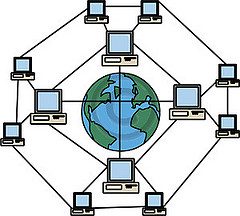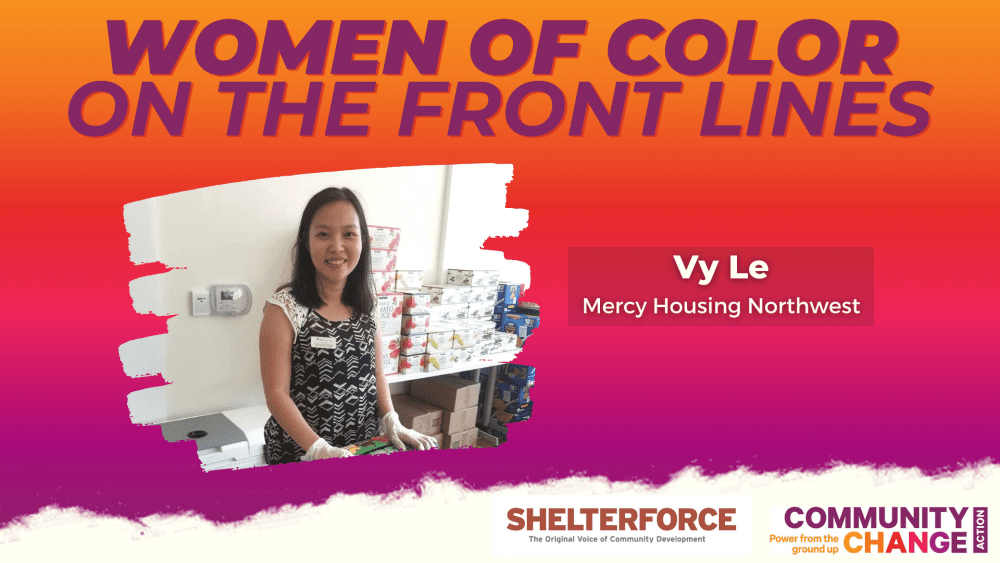
- Nonprofit leaders don't have much exposure to applied tech, so they don't know what tech tools are out there.
- Even if they do know, they lack the internal staff capacity to implement and manage new tech.
- Even if they have some internal capacity, many of their funders don't understand applied tech and so they don't know how to support nonprofits trying to implement it.
- Even if nonprofit leaders have the exposure, capacity, and money, most wouldn't know how and where to look for the tech talent.
You see what I'm getting at? There's all this tech popping up (not to mention all the great design thinking that's going on around it), but the nonprofit sector on the whole is about two to three generations behind on tech adoption. If you think I'm lying, take a look at Raiser's Edge sometime.
So here's a really bad idea that we should try anyway: Let's teach nonprofit leaders to be tech innovators …
The process really isn’t that difficult. First off, nonprofit leaders have it in their bones to be innovators. Look at all we’ve done to build better affordable housing, or improved public safety, or better access to food. This happens because we learn the landscape, identify the challenges for our community, then organize our stakeholders and adapt the tools so they work for us and our constituents.
It’s the same deal with tech. You don’t have to become an expert coder to better understand how tech solutions can make a difference and work for your mission. Just approach it like you would any other issue. Believe me, your perspective and know-how will drive change. The tech sector thrives on user feedback, and in general responds to it quickly. It needs you to innovate within itself.
And I have a plan. All we need is a few risk-taking funders, some risk-taking nonprofit leaders, and some risk-taking tech entrepreneurs. Shouldn’t be that hard, right? Here's how we do it:
- We begin with a short assessment of the nonprofit sector to identify five common tech-related needs. I'll start by nominating integration of customer relationship management databases, predictive analytics, data dashboarding (displaying key metrics in real time), and professional development conducted through massive open online courses, or “MOOCs”.
- We create an RFP to select up to five tech and design firms to implement solutions to these needs with nonprofit partners.
- We partner with LISC, or Enterprise, or Corporation for Supportive Housing, or Nonprofit Finance Fund, or any one of a number of intermediaries to choose 10 nonprofits to host these implementations.
- We fund the nonprofit partners to purchase the implementation and to support the implementation internally (e.g. through staff training and rollout, product refinement, and ongoing management).
- Throughout, we train nonprofit users to evaluate performance of the solutions themselves, including how to critique the tech implementation and offer informed feedback to developers.
- We should also expose nonprofit leaders to the larger tech sector through conferences and meetups, so that they can build familiarity with tech concepts, culture and practitioners.
- We document implementation performance and its effect on operational or programmatic outcomes.
- We share best practices and success stories as they emerge, focusing on reaching other nonprofits, philanthropy, and tech newbies.
- For those technologies that prove highly effective, we support further incubation and business planning to encourage their replication.
- Finally, we repeat the process to expand the number of nonprofit tech innovators, having our first cohort become the subject matter experts for the next generation.
In the end, all I'm really saying is that we need to start building our own. There's too great a gap right now between the emerging tech sector and our long-established nonprofit sector. This is a shame, because the disruptive, agile, iterative nature of tech and design thinking could be leading to breakthroughs in how we work with the most vulnerable. Meanwhile, tech and design innovators need grounded, practical guidance on the extremely challenging nature of taking on poverty and inequality by folks who have been doing brilliant work for decades.
If you're interested in these topics, check out the one-day TechBoost for Nonprofits conference on April 23rd at the Centre for Social Innovation in New York City. These issues will be the focus of the conversation for the entire day. And I'll be there (speaking on a panel), as will Pradip Sitaram, CIO of Enterprise Community Partners (who's just recently overseen a very successful migration of many internal data management processes to the cloud).
If you can think of it no other way, then understand that by neglecting to become a tech innovator, you are doing a disservice to the tech for social good movement, which needs your engagement to grow up and get strong. I’ve met these folks, and the passion and good intentions are there. They need your support to turn them into practical tools.
(Photo credit: Flickr user LearnerWeb, CC BY 2.0)





Comments